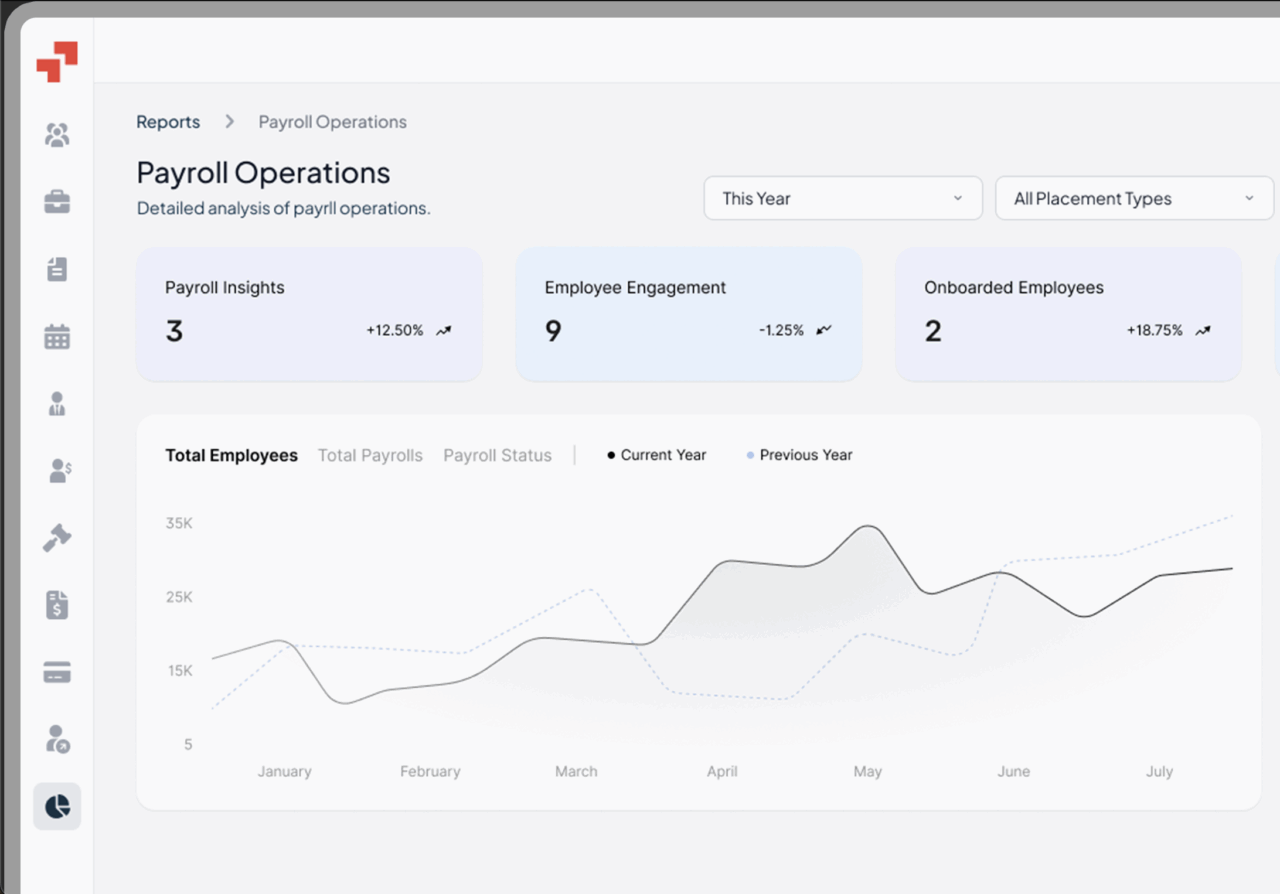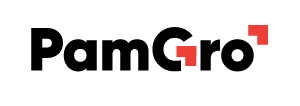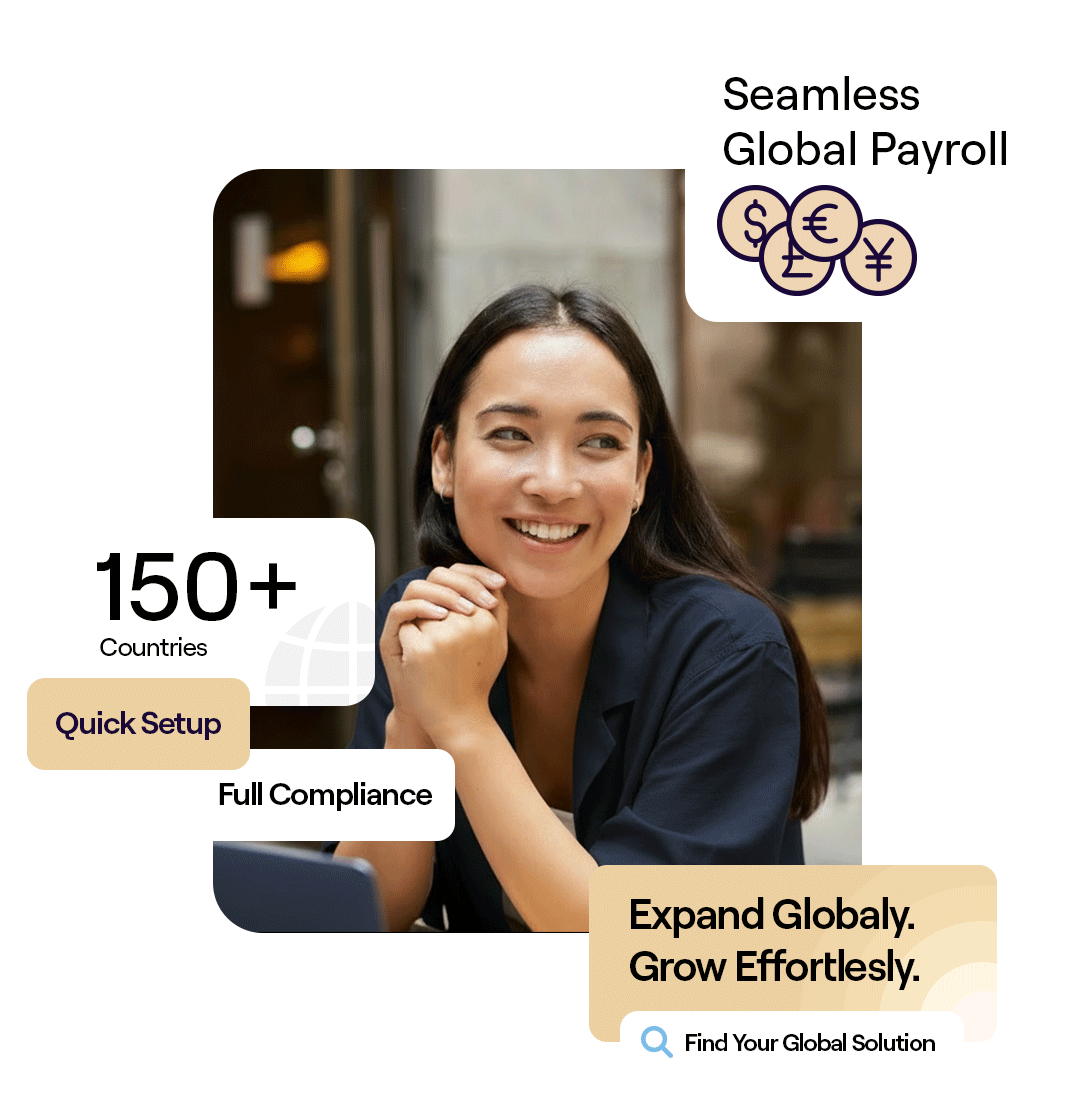Global Workforce GlossaryEmployee Benefits
Related Terms
Benefits Administration
Global Benefits
Statutory Benefits
In-Kind Benefits
Compensation Package
Employee benefits are a vital component of modern employment, encompassing perks, programs, and protections provided to employees beyond their salary. They cover health insurance, retirement plans, paid time off, wellness initiatives, and other offerings that enhance employee well-being and satisfaction. Employee benefits are a key part of a comprehensive compensation package, helping organizations remain attractive to current and prospective employees.
For companies expanding globally, offering compliant, competitive benefits is crucial to attract and retain top talent while avoiding regulatory risks. Offering employee benefits is essential to retain employees and stay competitive in the market, as well-structured benefits packages can significantly impact employee satisfaction and reduce turnover. Partnering with an Employer of Record (EOR) provider like PamGro simplifies benefits management across borders, ensuring both compliance and employee satisfaction.
Table of Contents
- What is co-employment?
- What are co-employment laws?
- Why is co-employment a risk?
- What are co-employment rules
- Co-employment do’s and don’ts
- How does co-employment work?
- What is the difference between co-employment and joint employment?
- Co-employment vs PEO
- Co-employment vs employee leasing
- Is co-op considered a full-time employee?
- Is it illegal to work for two jobs in the same industry?
- Co-employment examples
- Practical Case Study Example
- PamGro and Co-employment: Your Global Partner
What are Employee Benefits?
Employee benefits are non-monetary compensations provided to employees in addition to their base salary. These may include health plans, retirement contributions, paid leave, disability coverage, and wellness programs.
Benefits such as health insurance, paid leave, and retirement plans are typically provided by employers as part of a comprehensive employee benefits package.
Beyond financial support, benefits improve work-life balance, mental health, and overall job satisfaction. Employee perks, such as paid sick leave, dental insurance, and company equipment, can further enhance the employee experience by fostering a positive company culture and supporting talent acquisition. Companies that provide employees with strong benefits packages often see higher employee retention, engagement, and productivity. For global organizations, structuring employee benefits that comply with local laws can be complex, which is where services like PamGro EOR benefits administration can streamline operations while maintaining equity across regions. Some companies also offer additional benefits to stand out in competitive markets.
How do Employee Benefits Work?
Employee benefits work by providing employees with access to programs that protect and support their health, finances, and personal needs. Employers often cover part or all of the cost for programs like medical insurance, retirement plans, and family leave.
Enrollment typically happens annually or during onboarding, with clear guidelines on eligibility, contribution amounts, and coverage limits. Employers may also require employees to submit documentation or meet specific criteria to enroll in certain benefit programs. Global companies must tailor benefits to local legal requirements while maintaining consistency for international teams. Leveraging an EOR service like PamGro allows businesses to administer benefits across countries, simplifying compliance and payroll integration.
Why Employee Benefits Are Important
Employee benefits are critical for attracting and retaining talent. Offering employee benefits is a key strategy for organizations seeking to improve retention and satisfaction among their workforce. Studies by SHRM indicate that 92% of employees consider benefits important when deciding to stay with an employer. They not only provide financial security but also promote health, well-being, and job satisfaction.
Offering robust benefits helps companies remain competitive, reduce turnover, and boost employee engagement. For organizations expanding internationally, benefits must meet local regulations and cultural expectations. PamGro’s EOR services enable businesses to deliver tailored, compliant benefits globally, supporting talent retention while reducing administrative complexity.
What Employee Benefits Are Required by Law?
Legal requirements for employee benefits vary by country. In the United States, mandatory benefits include health coverage under the Affordable Care Act (ACA), workers’ compensation, unemployment insurance, and family or medical leave. These requirements are established by federal law, including the Family and Medical Leave Act (FMLA), also known as the medical leave act.
The FMLA provides for unpaid leave for qualifying employees. Employers with 50 or more full time employees must offer health insurance or face significant penalties under the ACA. Some states require employers to offer paid sick leave in addition to federal requirements. Paid sick leave is distinct from unpaid leave, and some employers are required to offer paid sick leave under state or federal law. Other countries may require pension contributions, mandatory vacation days, or social security enrollment. Social security benefits are an important part of the U.S. federal benefits system.
Compliance is critical for avoiding fines and ensuring fair treatment. Companies hiring globally often rely on PamGro to manage statutory benefits, guaranteeing local compliance without establishing foreign legal entities.
What Are the Best Employee Benefits and Retirement Benefits?
The most effective employee benefits combine financial, health, and lifestyle support:
- Health Insurance: Medical, dental, and vision coverage
- Retirement Plans: 401(k) contributions, pension schemes
- Paid Leave: Vacation, family, and sick leave
- Paid Vacation Days: Paid time off for vacations, often combined with paid sick leave as part of a comprehensive paid leave package
- Paid Parental Leave: Time off for new parents, commonly offered alongside health and disability insurance
- Wellness Programs: Mental health support, gym memberships, and assistance programs
- Flexible Work Options: Flexible work arrangements such as telecommuting, compressed workweeks, flexible schedules, and reduced hours
Tailored benefits show employees that the organization values their well-being. Global companies often leverage PamGro EOR services to benchmark and implement these benefits efficiently, ensuring both compliance and competitiveness.
Workplace Employee Benefits and Health Insurance Benefits
Workplace benefits enhance daily employee experiences and drive productivity. These include subsidized meals, transportation assistance, educational programs, professional development opportunities, wellness initiatives, and mental health support. These offerings are designed to support employees working in various roles and locations, ensuring they have the resources needed to thrive.
For companies with international teams, designing benefits that satisfy local regulations while maintaining equity is essential. Using an EOR provider like PamGro, organizations can administer workplace benefits consistently across locations, helping employees feel valued and motivated.
What Are Health and Wellness Benefits?
Health and wellness benefits are a cornerstone of any comprehensive employee benefits package, designed to support the physical and mental well-being of employees. Most employers offer health insurance benefits, which can include coverage for medical expenses, dental insurance, and vision insurance. These health benefits not only help employees save money on healthcare costs but also provide peace of mind for themselves and their families.
Under the Affordable Care Act, employers with 50 or more full-time equivalent employees are required to offer health insurance benefits to eligible employees, ensuring access to essential healthcare coverage. In addition to traditional health insurance, many employers enhance their benefits package with dental insurance and vision insurance, further supporting employee health.
Wellness programs are another popular addition, offering resources such as fitness memberships, mental health support, and preventive care initiatives. These wellness benefits can improve employee morale, reduce absenteeism, and help prevent chronic health issues. By investing in robust health and wellness benefits, employers demonstrate a genuine commitment to their employees’ well-being, which can lead to higher job satisfaction, increased retention, and a more engaged workforce.
How Do Retirement and Financial Benefits Work?
Retirement and financial benefits are vital elements of an employee benefits package, providing employees with long-term security and peace of mind. Retirement plans, such as 401(k) accounts and pension plans, allow employees to save for their future and reduce the financial burden of retirement. The federal government requires employers to contribute to Social Security, which offers retirement benefits to eligible employees as part of the broader social safety net.
Many employers go beyond these requirements by offering additional retirement benefits, such as matching contributions to 401(k) plans or providing access to retirement savings plans. Life insurance and disability insurance are also commonly included in benefits packages, offering financial protection in the event of unexpected life events.
By offering a range of retirement and financial benefits, employers help employees achieve their long-term financial goals and provide a sense of stability. These benefits not only support employees’ financial well-being but also make organizations more attractive to talented employees seeking a secure future.
What Are the 3 Common Forms of Employee Benefits?
Employee benefits generally fall into three main categories:
- Health Benefits: Medical, dental, vision, wellness, and mental health programs
- Financial Benefits: Benefit plans such as pension plans, 401(k) accounts, and retirement savings plans, as well as insurance contributions, stock options, and bonuses
- Work-Life Benefits: Paid leave, flexible schedules, family leave, and employee assistance programs
Understanding these categories helps businesses create well-rounded benefits packages. For global organizations, PamGro EOR solutions simplify compliance across multiple jurisdictions.
Employee Benefits vs. Compensation — How Do They Differ?
Compensation is the total monetary reward, including salary, bonuses, and commissions. An employee’s salary is the fixed regular payment and is separate from the value of employee benefits, which are additional non-monetary perks that support well-being, such as insurance, retirement contributions, and paid leave.
Compensation motivates short-term performance, while benefits contribute to long-term satisfaction, loyalty, and productivity. Companies managing international teams can use PamGro to coordinate both compensation and benefits, ensuring global consistency and compliance.
What is the Difference Between Employee Benefits and Incentives?
Employee benefits are structured programs like health insurance or retirement contributions. Incentives are performance-based rewards like commissions, bonuses, or recognition awards.
Benefits focus on sustained employee well-being; incentives reward achievements and encourage high performance. Both are important, particularly for international teams, where benefits must comply with local laws, and incentives may be subject to taxation. Offering employee benefits in addition to incentive programs can significantly improve job acceptance rates, employee satisfaction, and retention, giving your company a competitive edge in recruitment and workforce management. PamGro EOR services help manage these programs efficiently.
What Are Some Examples of Employee Benefits?
Common employee benefits include:
- Health Insurance: Coverage for medical care, prescription drugs, surgical procedures, dental coverage, vision, and mental health services
- Retirement Plans: 401(k), pension contributions
- Paid Time Off: Vacation, sick leave, and family leave
- Disability Insurance: Short-term and long-term
- Wellness Programs: Gym memberships, stress management, and counseling
Providing a mix of benefits demonstrates commitment to employee welfare and strengthens global talent acquisition strategies.
What Should You Know About Employee Benefit Administration?
Employee benefit administration is the process of managing and overseeing the various benefits offered to employees, such as health insurance, retirement plans, and other benefits. This involves ensuring compliance with federal and state regulations, including the Affordable Care Act and the Employee Retirement Income Security Act (ERISA). Effective administration also requires clear communication of benefits information, processing employee enrollments and changes, and resolving any benefits-related issues that may arise.
Proper employee benefit administration is essential to ensure that employees receive the benefits they are entitled to and that employers remain compliant with all relevant laws. Many organizations choose to outsource benefit administration to third-party providers, which can help streamline the process, reduce administrative burdens, and ensure accuracy. By prioritizing efficient benefit administration, employers can provide a better experience for employees and maintain a competitive edge in attracting and retaining talent.
What Is Benefits Technology?
Benefits technology is transforming the way organizations manage and deliver employee benefits. By leveraging digital tools such as online benefits enrollment systems, benefits administration software, and mobile apps, employers can simplify and automate many aspects of benefits management. These technologies make it easier for employees to access information about their benefits, enroll in plans, and make changes as needed.
For employers, benefits technology reduces paperwork, minimizes errors, and streamlines the administration of complex benefit programs. It also enables better tracking of benefits eligibility and enrollment, ensuring that employees receive the coverage they need. By adopting benefits technology, organizations can enhance employee engagement with their benefits, improve overall efficiency, and provide a more seamless benefits experience.
What are Employee Benefit Metrics
Employee benefit metrics are essential tools for measuring the effectiveness and impact of an organization’s benefits program. These metrics can include benefits participation rates, employee satisfaction with benefits, and return on investment (ROI) analysis. By tracking and analyzing these data points, employers can gain valuable insights into which benefits are most valued by employees and where improvements may be needed.
For example, high participation rates in retirement plans or wellness programs can indicate that employees find these offerings valuable, while employee satisfaction surveys can highlight popular employee benefits such as paid vacation time, sick leave, and retirement plans. Employers may use these metrics to identify gaps in their benefits package, tailor offerings to better meet employee needs, and ultimately improve employee morale and retention. By making data-driven decisions, organizations can ensure their benefits program delivers maximum value to both employees and the business.
Practical Example: Implementing Employee Benefits Globally
A U.S.-based SaaS company wanted to hire software engineers in Germany and Brazil without establishing local entities. They needed health insurance, retirement contributions, and family leave compliance. These benefits were required for employees working in Germany and Brazil.
By partnering with PamGro EOR services, the company provided compliant, localized benefits for all employees. Health insurance plans were country-specific, retirement contributions aligned with local rules, and family leave policies met statutory requirements. The outcome: smooth onboarding, high employee satisfaction, and minimized legal risk.
How PamGro Supports Employee Benefits
PamGro helps companies expand internationally while managing all employee benefits seamlessly. Key advantages include:
- Compliance with local statutory and voluntary benefits requirements, highlighting the importance of offering employee benefits in international markets
- Administration of tailored benefits packages to attract top talent
- Payroll integration with benefits contributions for international teams
Whether hiring in Europe, Asia, or the Americas, PamGro ensures your employees receive competitive, compliant benefits, allowing you to focus on global growth and workforce productivity.
Take the next step: Simplify global hiring with PamGro today.
Frequently Asked Questions (FAQs) on Employee Benefits
Yes. Global organizations often adapt benefits to local laws, taxation, and cultural expectations. PamGro EOR solutions streamline this process, ensuring equity and compliance.
Some benefits, such as bonuses or stock options, may be taxable. Others, like health insurance, are often tax-exempt. Tax treatment varies by country. Patient protection laws, such as the Patient Protection and Affordable Care Act, also influence the tax treatment of certain benefits.
Even small firms can provide employees with essential benefits like health insurance, retirement plans, and flexible leave. Partnering with an EOR provider like PamGro reduces administrative burdens and costs.
Robust benefits packages increase loyalty, reduce turnover, and enhance satisfaction. According to SHRM, employers with strong benefits see up to 30% higher retention rates. Recent labor statistics from the U.S. Bureau of Labor Statistics also show that comprehensive benefits are a significant factor in employee retention.
Hire the Best Talent, Anywhere






